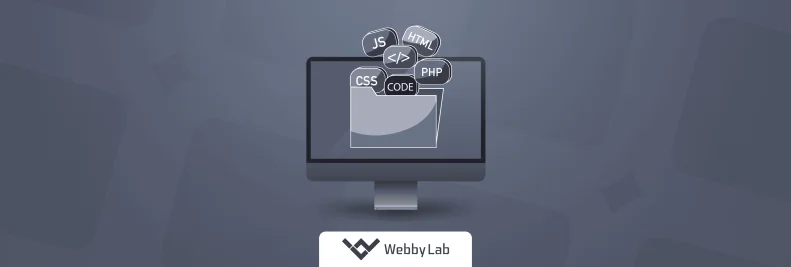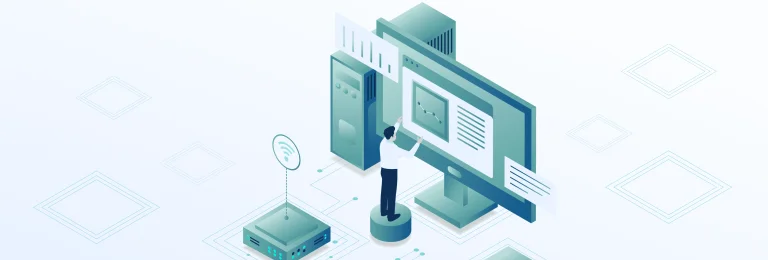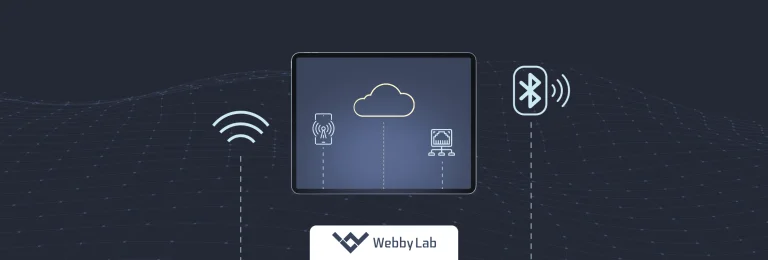Top 10 Programming Language used in IoT Projects in 2025
Written by:

Kostiantyn Oliynyk
Head of IoT at Webbylab
With a robust academic background in Telecommunication Systems Engineering, I apply my knowledge to lead innovations in the IoT domain. Starting as the first team member in the newly formed IoT department at WebbyLab, I've spearheaded its growth, fostering the expansion into embedded and hardware development alongside our core software projects. My dedication lies in pushing the boundaries of IoT technology, fostering a culture of innovation and excellence that profoundly impacts our clients' operational success.
Seasoned developers say that the best programming language for IoT devices is C and C++, mainly due to their memory management and runtime capabilities. However, you may also find some experts considering Go and JavaScript the decent ones because of their versatility and ease of use.
Any experienced IoT developer today is aware of two types of layer-based IoT architectures: 3-layered architecture (consists of the perception layer, the network layer, and the application layer) and 5-layered architecture (covers the perception layer, the transport layer, the processing layer, the application layer, and the business layer).
When choosing the right IoT platform, it’s important to review the following factors, such as connectivity management (the framework should be compatible with the required tech stack – WiFi, 4G, IoT, BLE, and Bluetooth, etc), scalability, security, usability (typically, from the perspectives of the end-users and maintenance team) and adjustability to the latest technological changes.
The cost of hiring dedicated experts with proven expertise in different programming languages for IoT development fluctuates. It depends on their skillset, rates, and scope of work. To get more accurate estimations on hiring IoT experts in JS programming, it’s recommended to contact your development vendor, who can calculate the overall cost, introduce the most efficient hiring model and introduce the experts available to work with.
Based on Webbylab’s extensive experience in IoT development, one of the most affordable IoT programming languages in 2023 is C. Java features an extremely simple and versatile programming workflow, provides hardware secure libraries, and has easy-to-deploy reusable codes. On the contrary, C language can work directly with RAM and doesn’t require a lot of processing power. These features make both C and Java the most popular programming languages in IoT.








![Firmware Analysis for IoT Devices [Practical Guide]](https://webbylab.com/wp-content/uploads/2022/12/firmware-analysis-768x260.png)

![IoT Product Development [Explained]: 9 Steps to Production](https://webbylab.com/wp-content/uploads/2024/10/upload_671fa7a3c3f6f-768x260.png)
![Difference Between Arduino and Raspberry Pi [with Comparison Table]](https://webbylab.com/wp-content/uploads/2024/06/upload_66701d6ab7438-768x260.png)

